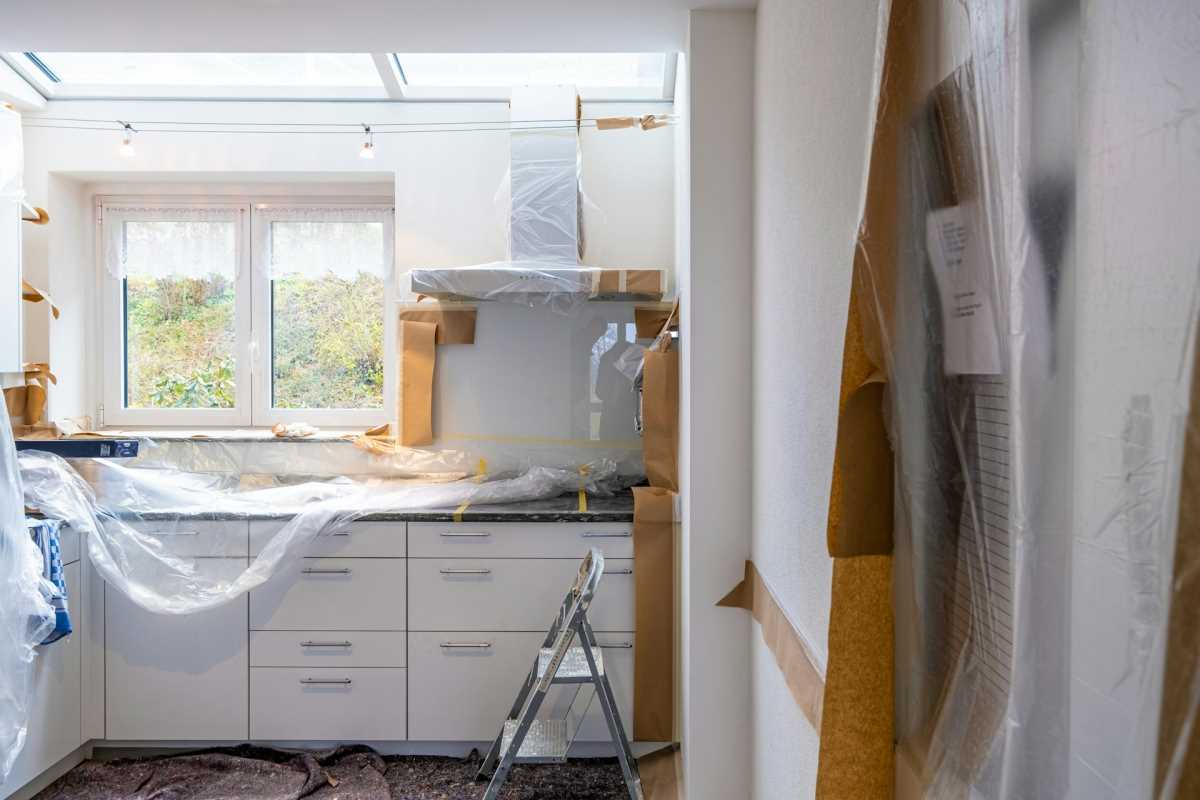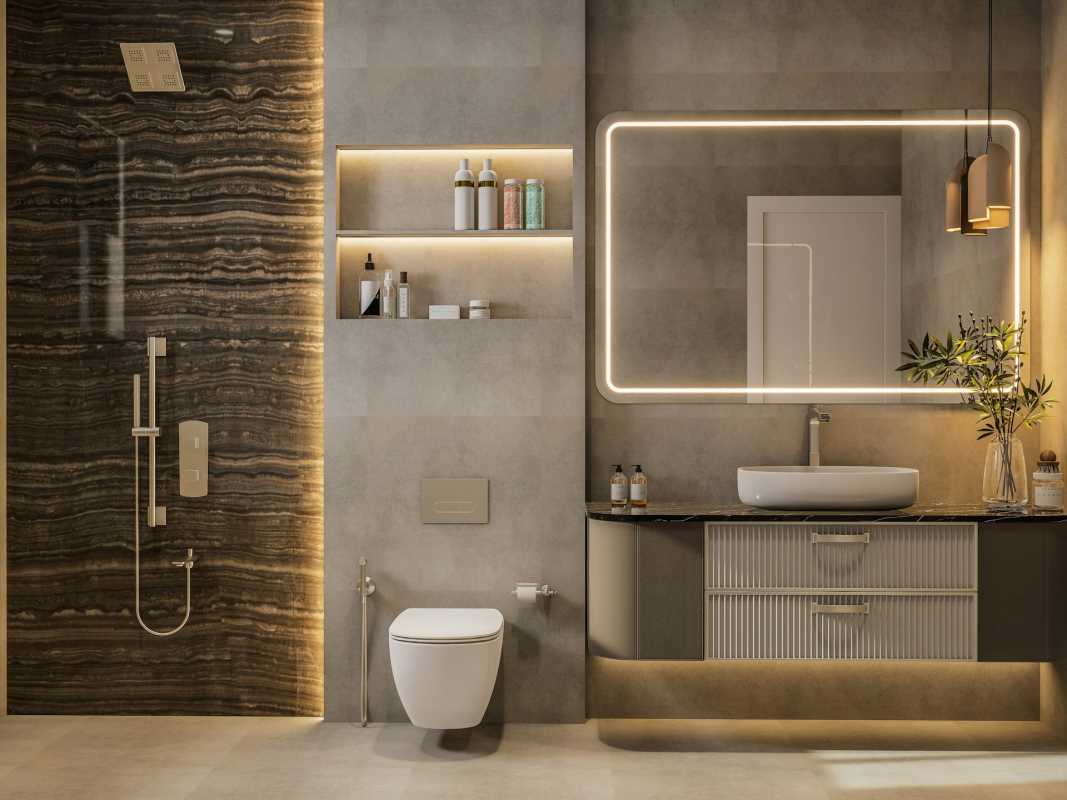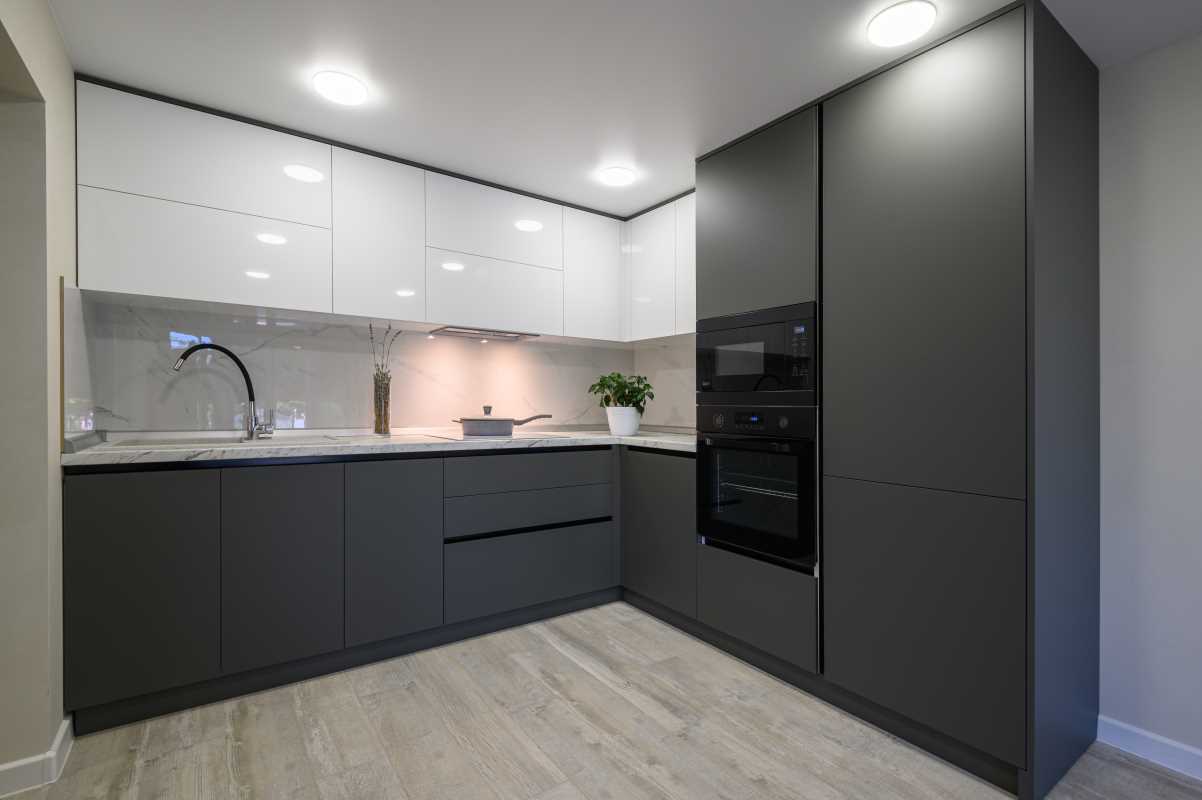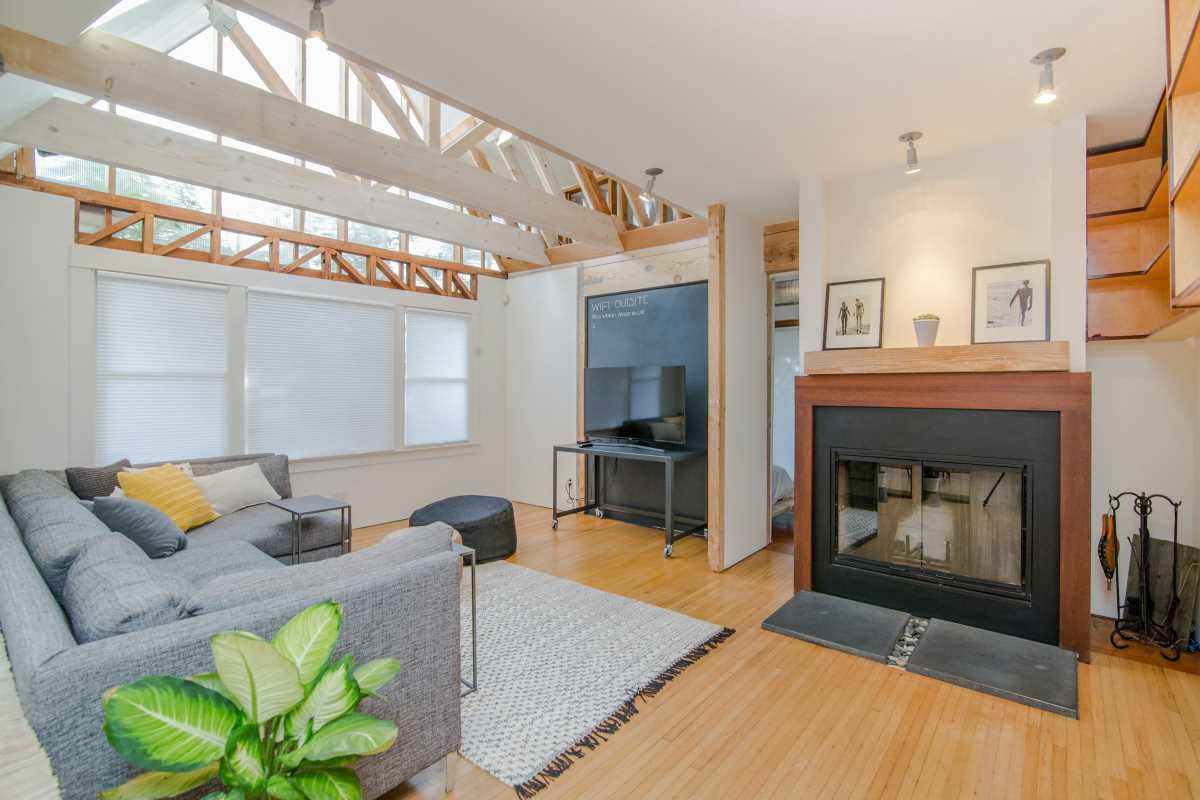Knocking down a wall can be one of the most exciting ways to transform your living space. Whether you're craving an open-concept layout, more natural light, or better flow between rooms, this type of renovation can make a huge difference in the look and feel of your home. But before you grab a sledgehammer, there are important things to consider to ensure the process is safe, efficient, and adds value to your property.
From understanding structural implications to planning for post-demolition details, here’s everything you need to know before tearing down a wall in your home.
1. Is the Wall Load-Bearing?
One of the most critical questions to ask before removing a wall is whether it’s load-bearing. A load-bearing wall supports the weight of your home, including floors, ceilings, and sometimes the roof above it. Removing this type of wall without proper support could compromise your home’s structural integrity.
How to Identify a Load-Bearing Wall
- Check the Blueprints: If you have the original plans for your home, they can show which walls are load-bearing.
- Look for Placement: Load-bearing walls often run perpendicular to floor joists or beams.
- Inspect the Basement or Attic: Walls directly above foundation walls or under beams are likely load-bearing.
- Call a Pro: When in doubt, hire a structural engineer to assess your walls and provide expert feedback.
Removing a load-bearing wall is possible, but you'll need to add a support beam or column (more on this later).
2. Do You Need a Permit?
Permits may feel like a hassle, but they exist for a reason—to ensure your renovation is safe and compliant with local building codes. Many areas require permits when removing walls, especially if they’re structural.
How to Handle Permitting
- Check Local Rules: Contact your city or county’s building department to confirm if a permit is necessary.
- Hire a Contractor: Many contractors include permit applications in their services, saving you time and stress.
- Budget for Inspections: Having an inspector sign off on your project is a key step to ensure it’s up to code.
Skipping permits could lead to fines, problems during future home sales, or even safety hazards, so it’s better to be safe than sorry.
3. What’s Behind the Wall?
Removing a wall isn’t just about tearing down drywall; you also need to consider what’s hiding behind it. Plumbing, electrical wiring, HVAC ducts, and other utilities could be lurking, which might complicate the project.
What to Look For
- Electrical Wiring: Outlets, switches, and fixtures often indicate electrical systems are behind a wall.
- Plumbing: Bathrooms, kitchens, or laundry rooms frequently have water or drainage pipes running through nearby walls.
- HVAC Ductwork: Large walls may conceal ducts needed for heating and cooling.
Plan Accordingly
If utilities are involved, you’ll need an electrician, plumber, or HVAC professional to safely reroute or update systems. This can add to the project’s cost and timeline but is essential for a safe and functional outcome.
4. Budgeting for the Project
Knocking down a wall can range from a weekend DIY project to a major construction endeavor, depending on its role in your home. Understanding the potential costs upfront can help you plan effectively.
Typical Costs to Consider
- Basic Wall Removal (non-load-bearing): $300-$1,000.
- Load-Bearing Wall Removal (including beam installation): $3,000-$10,000+.
- Utility Rerouting (electrical, plumbing, etc.): $500-$5,000+.
- Post-Demolition Repairs (flooring, ceiling, painting): $1,000-$3,000.
Work with your contractor to get an accurate estimate based on your home’s structure and the scope of the project.
5. Work with Professionals
Wall removal might look straightforward on home renovation shows, but it often involves complex structural and design challenges. Working with experts ensures the project is done correctly and safely.
Professionals You May Need
- Structural Engineer: To determine if the wall is load-bearing and design a support system if necessary.
- Contractor or Builder: For the actual demolition and reconstruction work.
- Electrician or Plumber: To handle any utilities behind the wall.
- Interior Designer (optional): To help you plan the space once the wall is removed.
Pro Tip: Always hire licensed and insured professionals to protect yourself and your home.
6. Plan for Post-Demolition Details
Once the wall is down, there’s likely to be additional work to finish the space and make it look seamless. Don’t overlook these post-demolition details when planning your project.
Flooring and Ceiling Repairs
- Flooring Gaps: If the removed wall had a different flooring type underneath, you’ll need to match or replace the flooring for a consistent look.
- Ceiling Patching: Areas where the wall met the ceiling may need patching or retexturing to blend in.
Painting and Finishing Touches
- Paint Matching: Repaint entire walls or touch up areas where the wall was removed.
- Baseboards and Trim: You’ll need to replace or fill in gaps in baseboards or crown molding.
Functional Updates
- Lighting: Removing walls can create darker spaces or expose areas needing new light fixtures.
- Furniture Layout: Removing a wall might change how you use and furnish the space, so plan ahead.
7. Design and Lifestyle Impacts
Demolishing a wall doesn’t just create physical changes; it also affects how you live in and use the space.
Design Considerations
- Flow and Openness: Open-concept layouts can make homes feel larger and more modern, but also noisier.
- Zoning: Consider where furniture will go and how the new layout aligns with daily activities.
- Natural Light: Removing barriers may allow more sunlight to flow through, reducing the need for artificial lighting.
Practical Impacts
- Energy Efficiency: Open spaces can be harder to heat or cool efficiently.
- Privacy: Removing walls may eliminate spaces for quiet work or relaxation.
Be clear about your goals for the space to ensure the changes truly enhance your home and lifestyle.
Knocking down a wall can be an exciting transformation, but it’s not a project to take lightly. From determining if the wall is load-bearing to planning for repairs and design updates, there’s a lot to consider before starting demolition. By working with experienced professionals, understanding potential costs, and planning carefully, you can create a beautiful, functional space that adds value to your home.
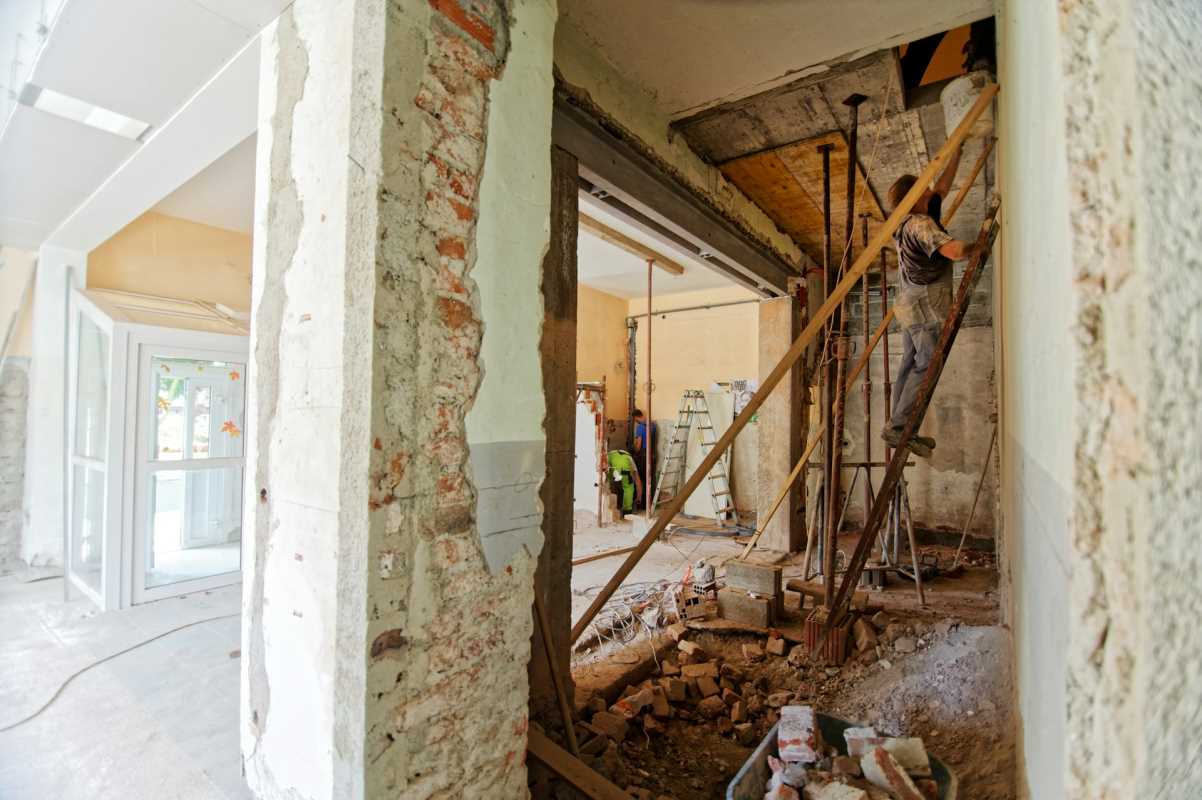 (Image via
(Image via